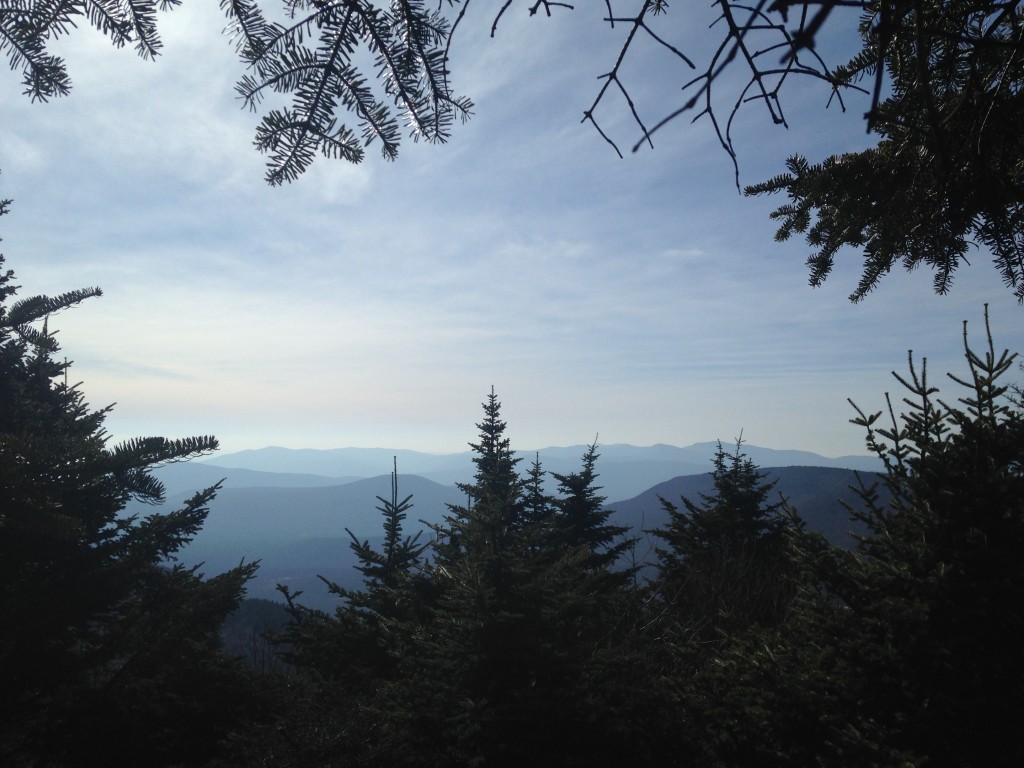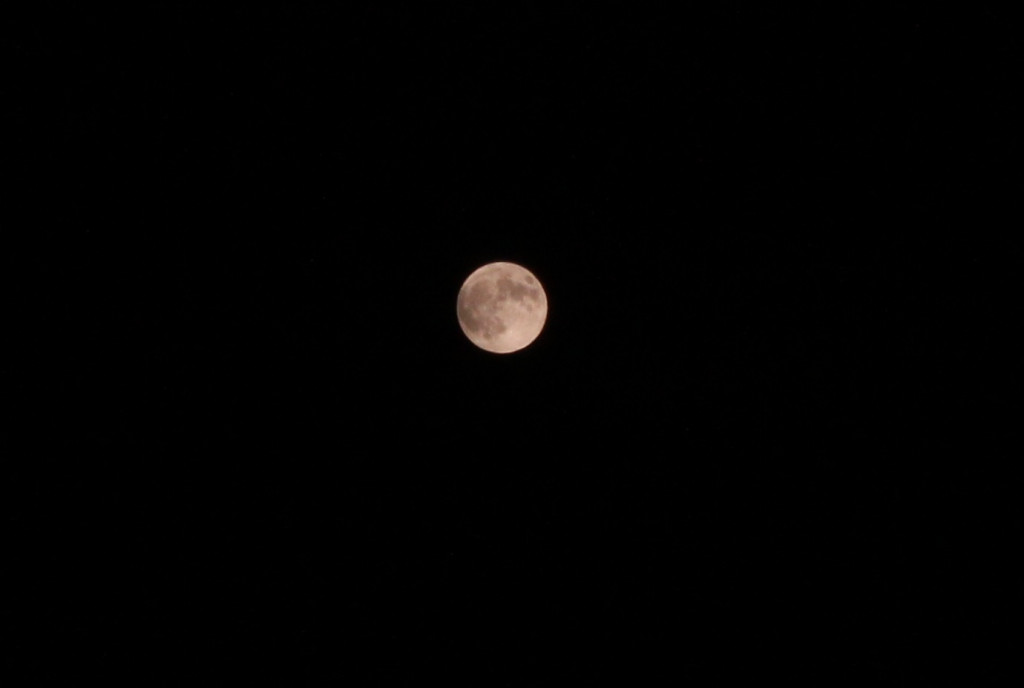Get outside! Walk, wade, wallow in the natural world. Find peace, sip, eat and relax at these wonderful events in the Catskills that includes a strenuous bushwhack hike for the more adventurous.
Saturday June 30th
Catskill Mountain Wild have partnered with Hudson River School to offer a regular event called Hike The Hudson River Art Trail the first event being Kaaterskill Falls at 5pm on Saturday June 30th. “Hike into Thomas Cole’s paintings and visit the views in nature that Cole and his fellow artists made famous with outdoor guide extraordinaire Catskill Mountain Wild on the Hudson River School Art Trail #hrsat! The truly magical thing is that these places remain remarkably unchanged since Cole first visited in 1825 thanks to significant and ongoing preservation efforts”.
Catskill Mountains Trout Unlimited present Ladies and Leaders, a new series of events aimed at creating a fun, supportive, and social environment for women in fly fishing, the event “will be a low-key night on the stream of fishing followed by drinks and food to unwind and share stories. We will meet at 5pm and gather in the parking lot of Woodstock Brewing on Route 28 before heading out to the creek. We will fish until about 8pm and reconvene in the same meeting place before ending the night with food and drinks”. Woodstock Brewing 5581 Route 28 Phoenicia, NY.
For something more strenuous, a Hike to Alder Lake, Cradle Rock Road and Balsam Fire Tower with Catskill Mountain Club: a difficult bushwhack. Pre-registration required. Starts at 8am.
The Michael Kudish Natural History Preserve will host a Pop-Up Interdependence Party with a bonfire on 2515 Tower Mountain Road, Stamford, New York 12167 from 7.30pm to 10.30pm on June 30th. Bring your own snacks, beverages and musical instruments if you have them. Camp out overnight if you want to. More details = [email protected].

